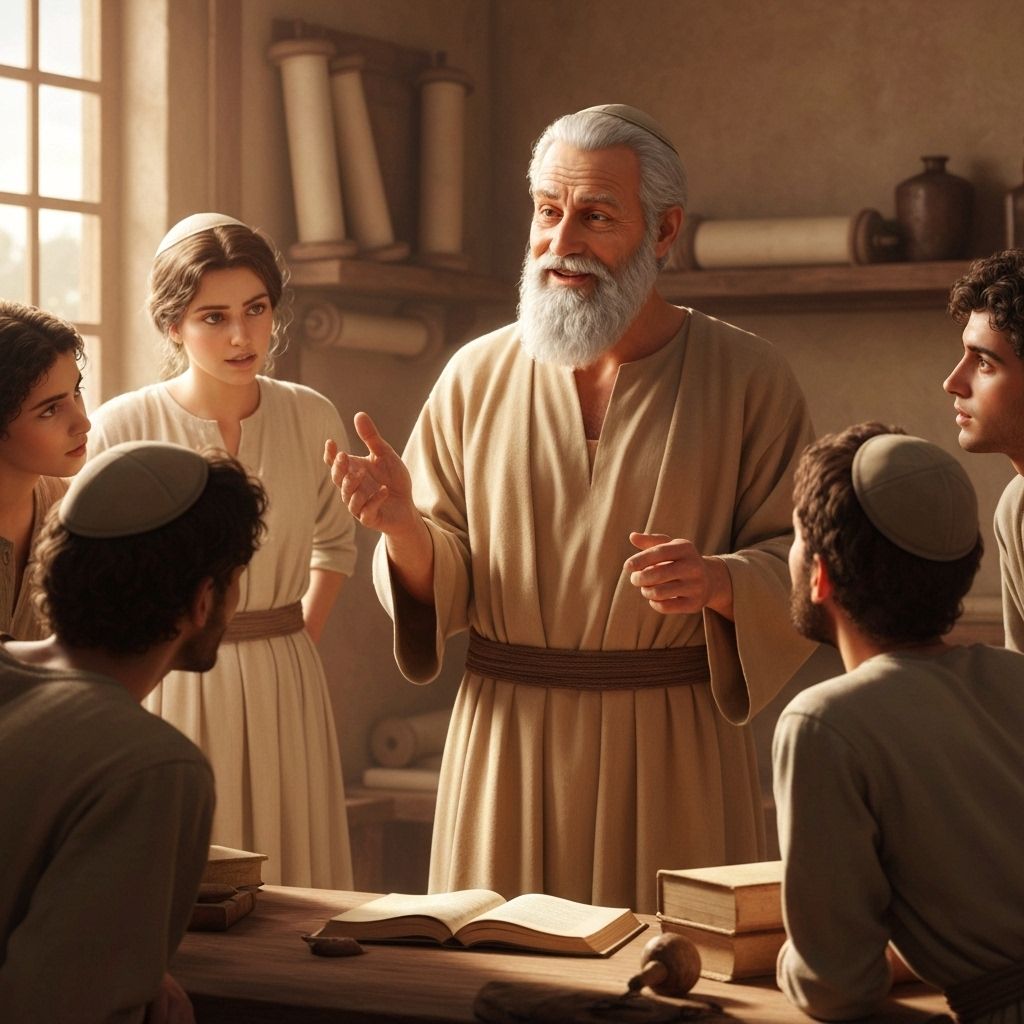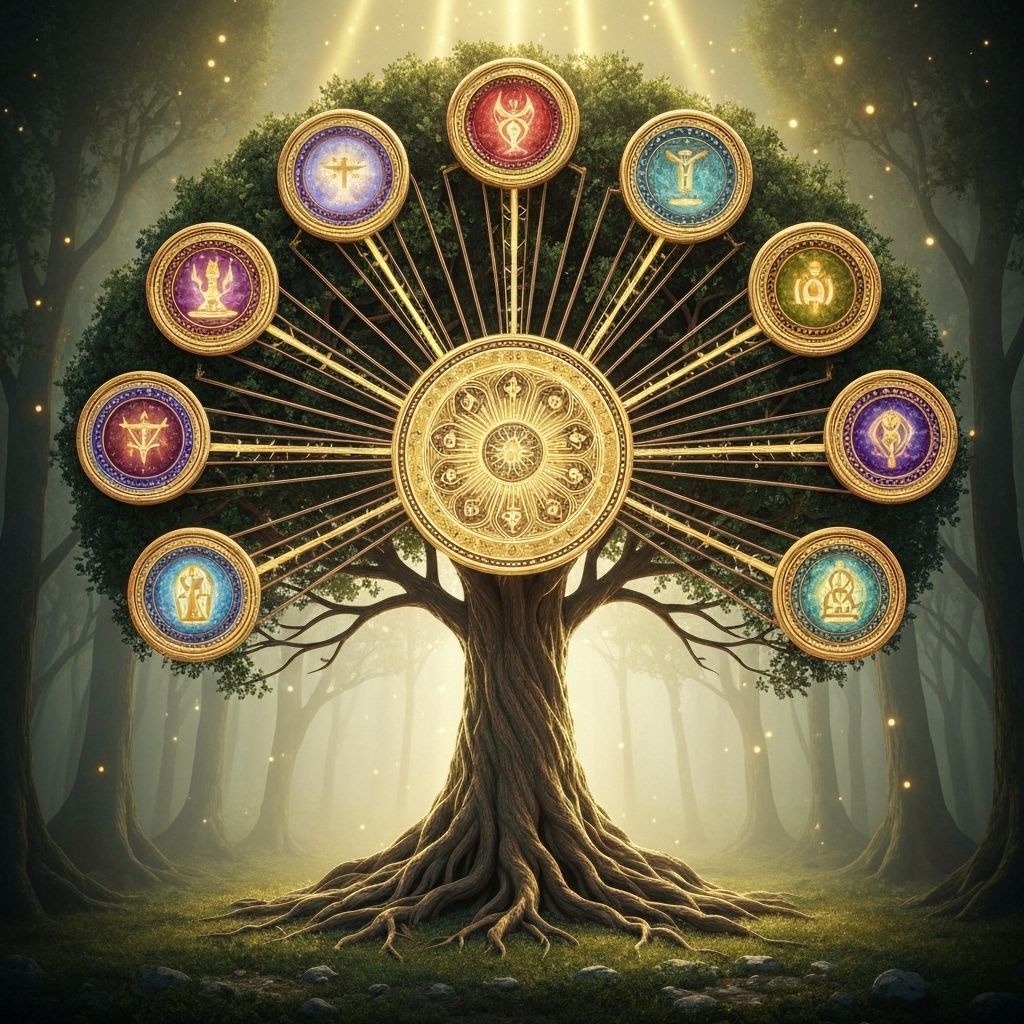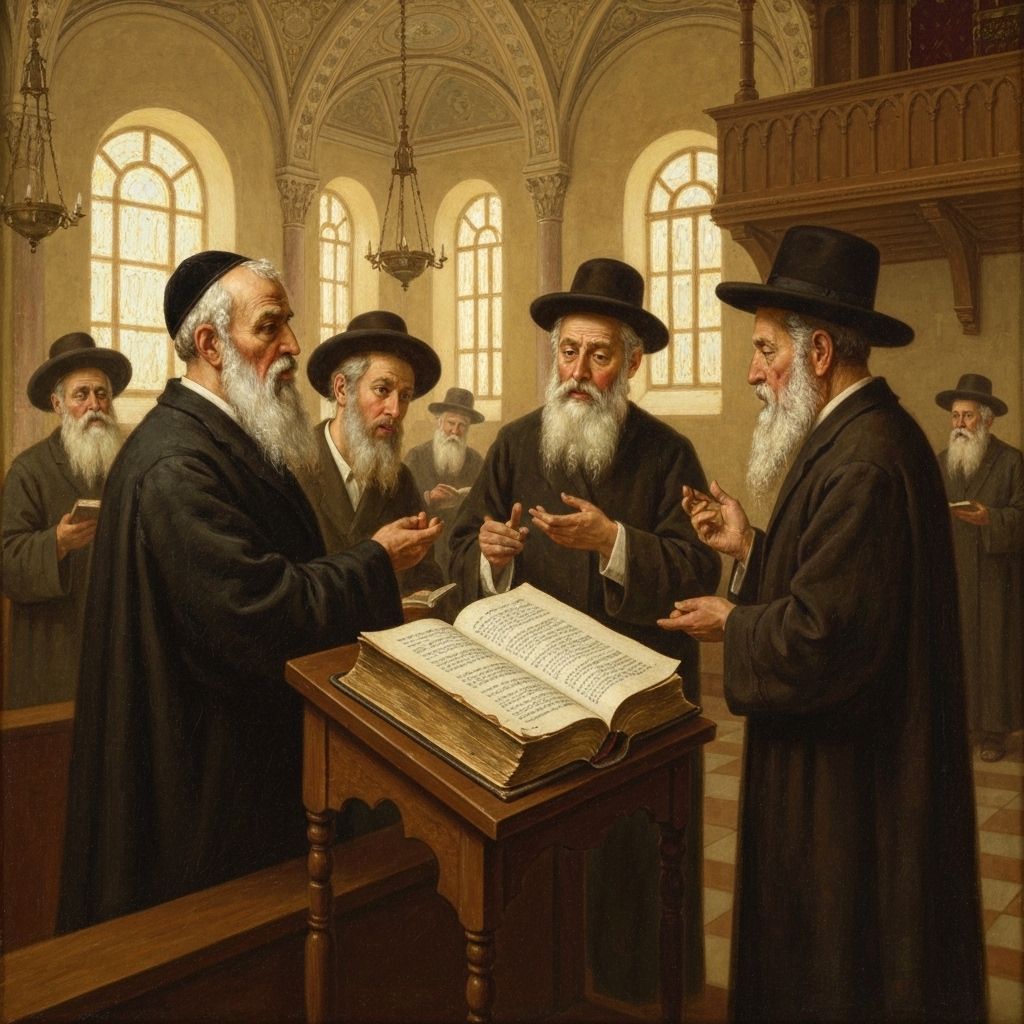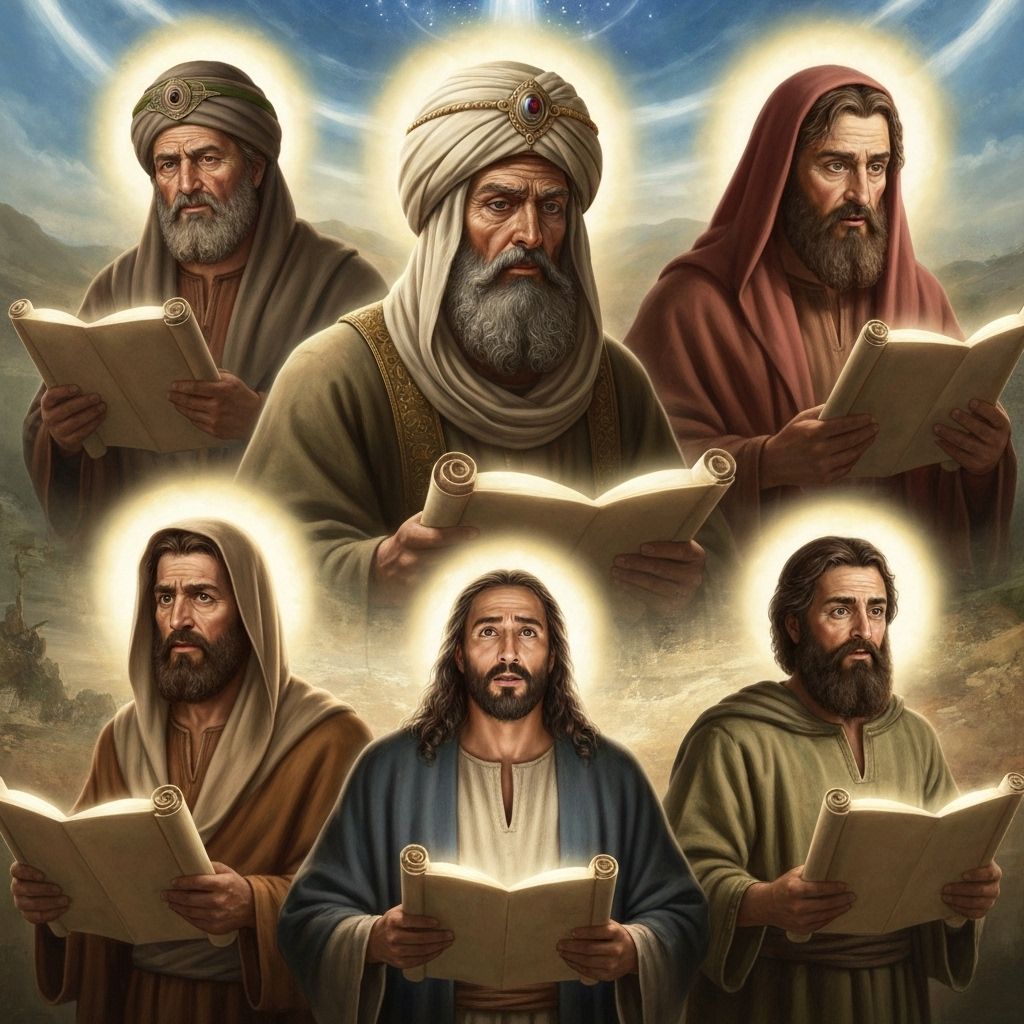3-Minute Summary
The Words of the Torah Explained with Help from Rashi and Ramban
Rashi (1040-1105) was a medieval French rabbi whose commentary on the Torah and Talmud is considered essential reading. His explanations focus on the plain meaning of the text and are known for their clarity and accessibility.
Ramban (1194-1270) was a Spanish rabbi, physician, and philosopher who provided deeper mystical and philosophical insights into the Torah, often building upon Rashi's work while adding his own profound interpretations.
Parsha Matot begins with detailed laws governing vows and oaths (nedarim and shevuot). These laws emphasize the importance of personal integrity and the sanctity of one's word. Different rules apply to men, women, and minors, reflecting the Torah's understanding of personal responsibility and authority.
The parsha describes Israel's war against Midian, fulfilling God's command to punish them for their corrupting influence. This campaign, led by Moses and involving Phinehas, demonstrates the principle of just war and the consequences of leading others astray.
The tribes of Reuben and Gad, seeing the fertile pastures east of the Jordan River, request to settle there instead of crossing into Canaan. Moses initially rejects their request, concerned that it would discourage others from entering the Promised Land. After they pledge to lead the conquest of western Canaan, Moses agrees.
This narrative teaches about balancing individual and communal interests, the importance of commitment, and how personal satisfaction should not come at the expense of collective goals.








